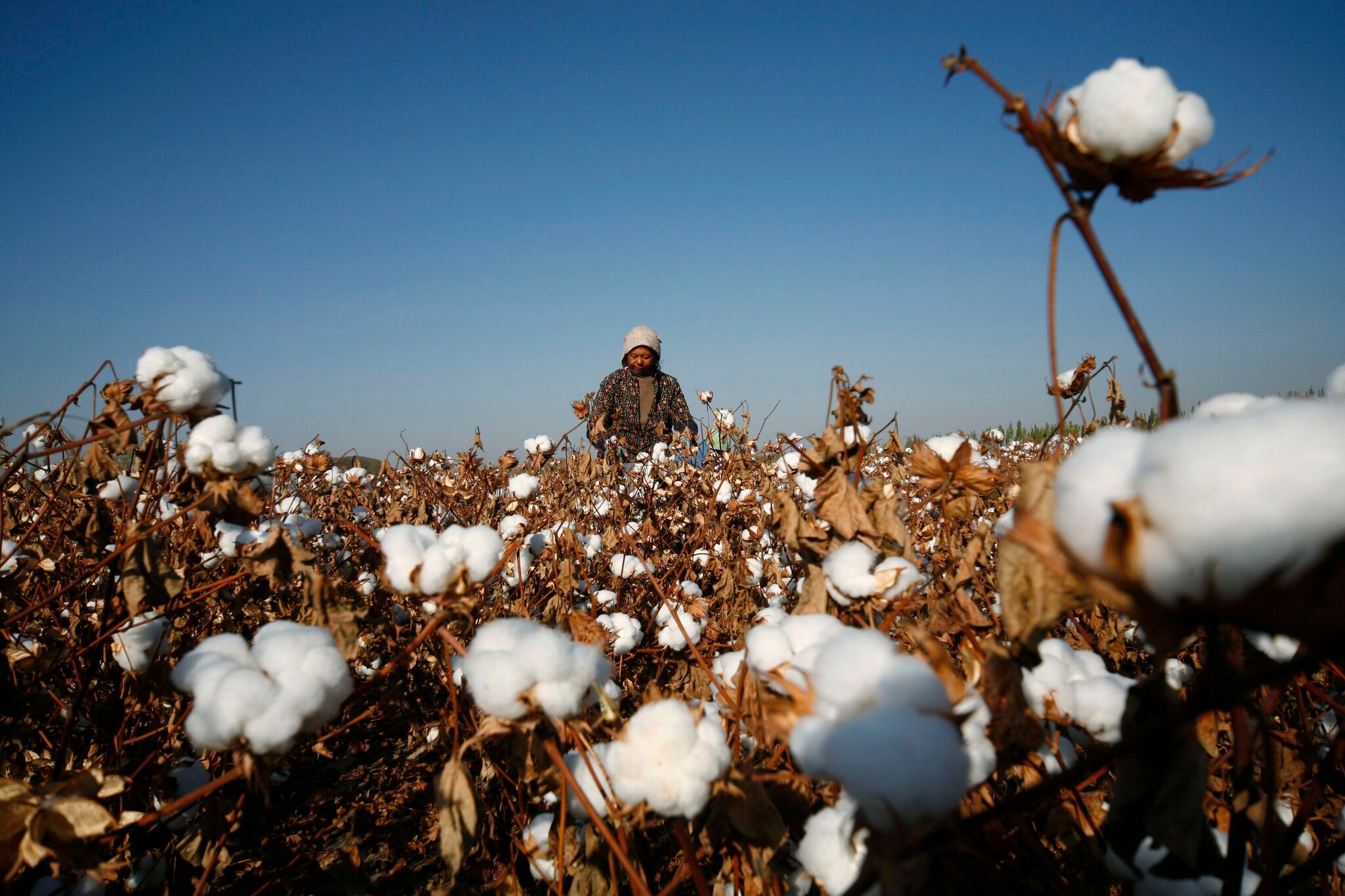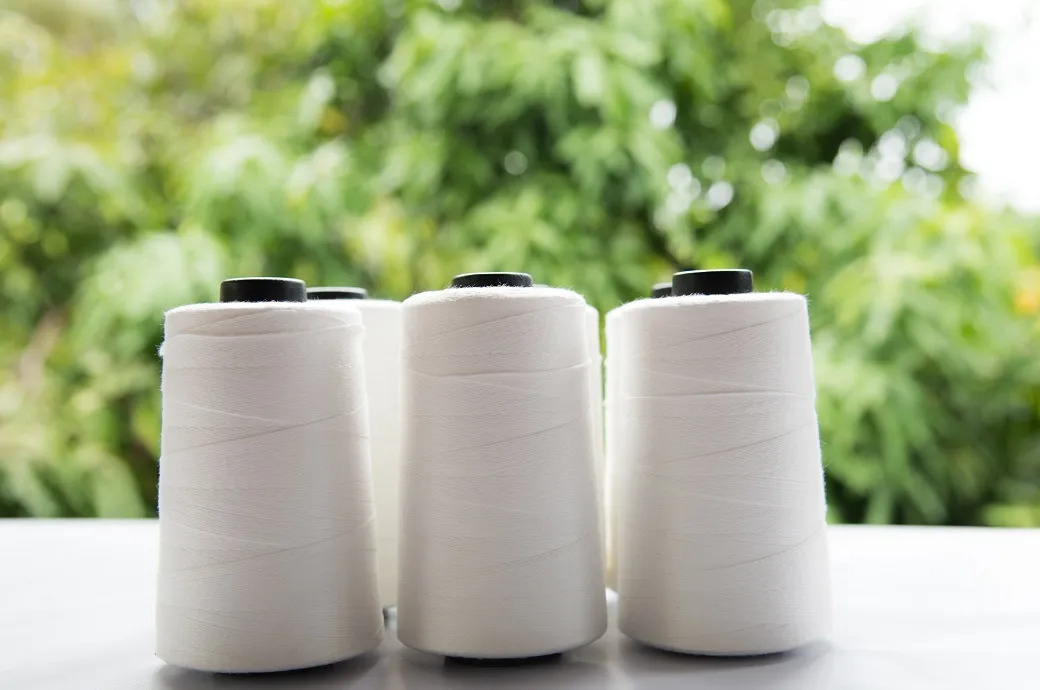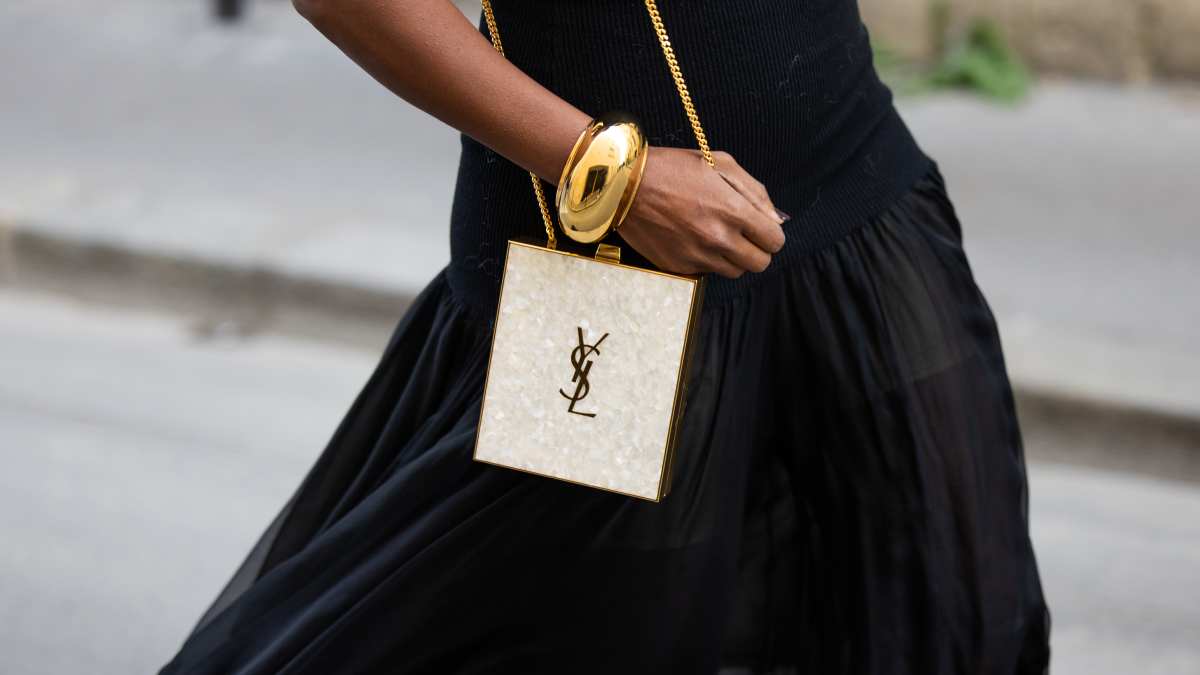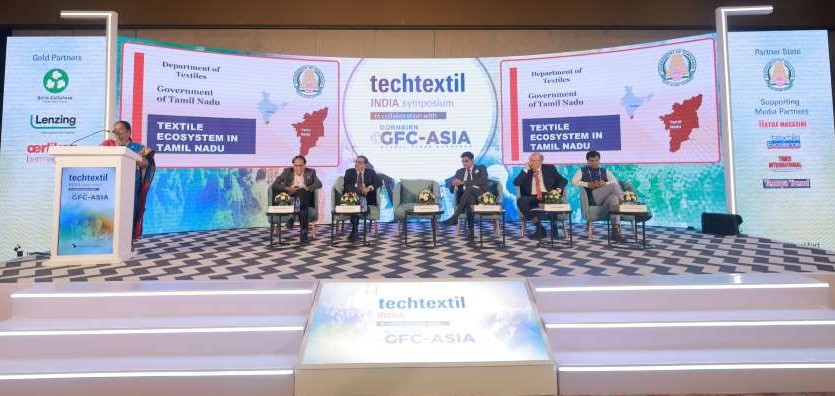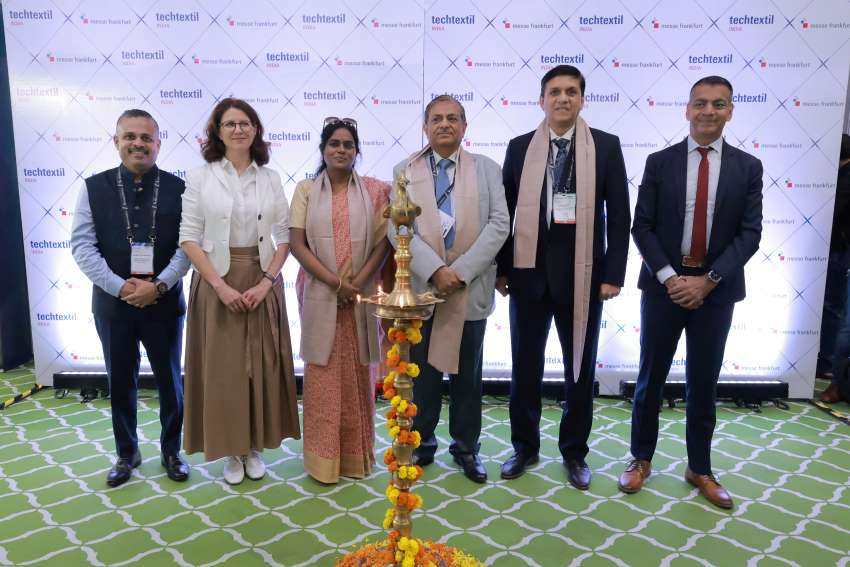The recently concluded BRICS+ Fashion Summit in Moscow was more than just a series of runway shows; it was a powerful platform that highlighted a fundamental shift in the global fashion industry. Regional fashion markets, long overshadowed by traditional Western capitals, are now asserting their unique identities and economic might, charting their own paths to global recognition.
From the vibrant textiles of Brazil to the rich heritage of Africa and the innovative spirit of Asia, the summit's country and regional sessions underscored a shared vision: to grow local industries by leveraging cultural authenticity, embracing sustainable practices, and forging new cross-border collaborations.
The Brazilian and African Renaissance: From coffee to catwalks

Brazil’s fashion industry is rapidly expanding its global footprint. As Bruno Simões, Curator of ApexBrasil, noted, "Brazil and Russia are two superpowers that know how to sell. Brazil exports fashion products worth $3 billion, and our manufacturers and designers are known worldwide." He drew a parallel to Brazilian coffee, which was not always globally recognized but gained international renown through concerted promotional efforts. The same, he believes, is now happening with Brazilian fashion, as designers combine national motifs and sustainable practices.
Ekaterina Kondakova, Head of the Russian Export Center, echoed this sentiment, noting that over 70% of global companies now use identity as a key aspect of their promotion. She pointed out that more than 40% of Brazilian brands have focused on national motifs and eco-products, resulting in a 30% increase in their international presence.
Simultaneously, the African fashion industry is experiencing a remarkable boom. With a population of over 1.5 billion and a burgeoning middle class, the continent represents a colossal market. Susan Sabet of the Egyptian Fashion & Design Council highlighted Egypt’s famous cotton, and Anis Montacer of Tunis Fashion Week emphasized the importance of traditional embroidery.
Meanwhile, South Africa is emerging as a leader. David Tlale, a creative director from South Africa, explained that major international brands are increasingly outsourcing production to the nation. "We are strategically building South Africa as a raw material production hub serving both our continent and European markets," Tlale said.
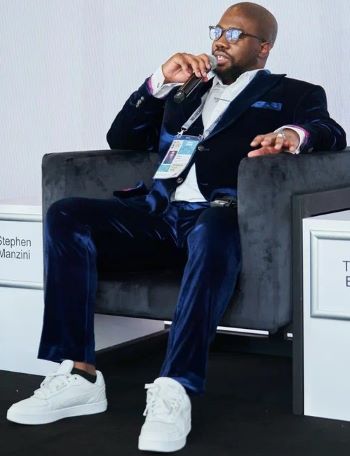 Stephen Manzini, CEO of Soweto Fashion Week, underscored the foundation of South African fashion: its unique cultural heritage. As he put it, "Our designs are deeply rooted in the history and cultural tapestry of our nation. It is precisely this authentic tradition that empowers our designers to create truly distinctive pieces."
Stephen Manzini, CEO of Soweto Fashion Week, underscored the foundation of South African fashion: its unique cultural heritage. As he put it, "Our designs are deeply rooted in the history and cultural tapestry of our nation. It is precisely this authentic tradition that empowers our designers to create truly distinctive pieces."
Asia's Rise: Blending tradition with technology
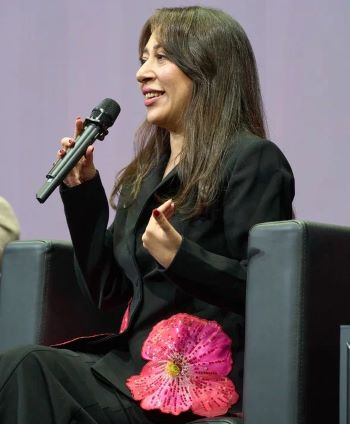 The Asian fashion industry, a blend of ancient traditions and cutting-edge technology, is also on an accelerated growth trajectory. Nandini Bhalla, Editor-in-Chief of The Word. Magazine in India, pointed out the immense potential of the Indian market, where 65% of consumers are under 35 years old and a staggering 500 million people use social media. She emphasized the importance of sustainability, a principle deeply embedded in Indian culture, noting that past generations "never throw anything away – they mend torn clothes and pass them to younger generations."
The Asian fashion industry, a blend of ancient traditions and cutting-edge technology, is also on an accelerated growth trajectory. Nandini Bhalla, Editor-in-Chief of The Word. Magazine in India, pointed out the immense potential of the Indian market, where 65% of consumers are under 35 years old and a staggering 500 million people use social media. She emphasized the importance of sustainability, a principle deeply embedded in Indian culture, noting that past generations "never throw anything away – they mend torn clothes and pass them to younger generations."
Jay Ishak, CEO of MyFashionChamber in Malaysia, outlined five key areas for international collaboration, including technological partnerships and alliances in ecology. He noted that Asian designers are increasingly incorporating modern technologies like blockchain and AI into their work while preserving traditional crafts. Liliek Setiawan, CEO of Sekar Lima in Indonesia, highlighted the country's abundance of natural fibers, from banana leaves to bamboo, and called for large-scale demand to make eco-friendly production commercially viable.
Russia's domestic momentum and global ambitions
 The summit also shed light on the burgeoning Russian market, where domestic brands are experiencing unprecedented loyalty. Natalya Mironova of PROfashion media holding revealed that Russian consumers are purchasing domestic products five times more frequently than foreign alternatives, a trend she dubbed the "Wear Russian" movement. This has fueled ambitious international expansion, with Russian brands like Brusnika and 12 Storeez targeting the Middle East.
The summit also shed light on the burgeoning Russian market, where domestic brands are experiencing unprecedented loyalty. Natalya Mironova of PROfashion media holding revealed that Russian consumers are purchasing domestic products five times more frequently than foreign alternatives, a trend she dubbed the "Wear Russian" movement. This has fueled ambitious international expansion, with Russian brands like Brusnika and 12 Storeez targeting the Middle East.
Legal expert Larisa Grigorieva stressed the importance of intellectual property protection for brands seeking to expand internationally, a sentiment echoed by Mihajlo Matković of Serbia. He emphasized that for luxury brands, consumers want to feel they are "supporting local manufacturing."
The discussions at the BRICS+ Fashion Summit painted a clear picture of a decentralized and multipolar fashion world. The event solidified Moscow’s position as a key nexus for new fashion alliances, where regional powerhouses are no longer just followers of global trends but are actively shaping them, driven by their unique cultural codes and a commitment to sustainable, authentic growth.

